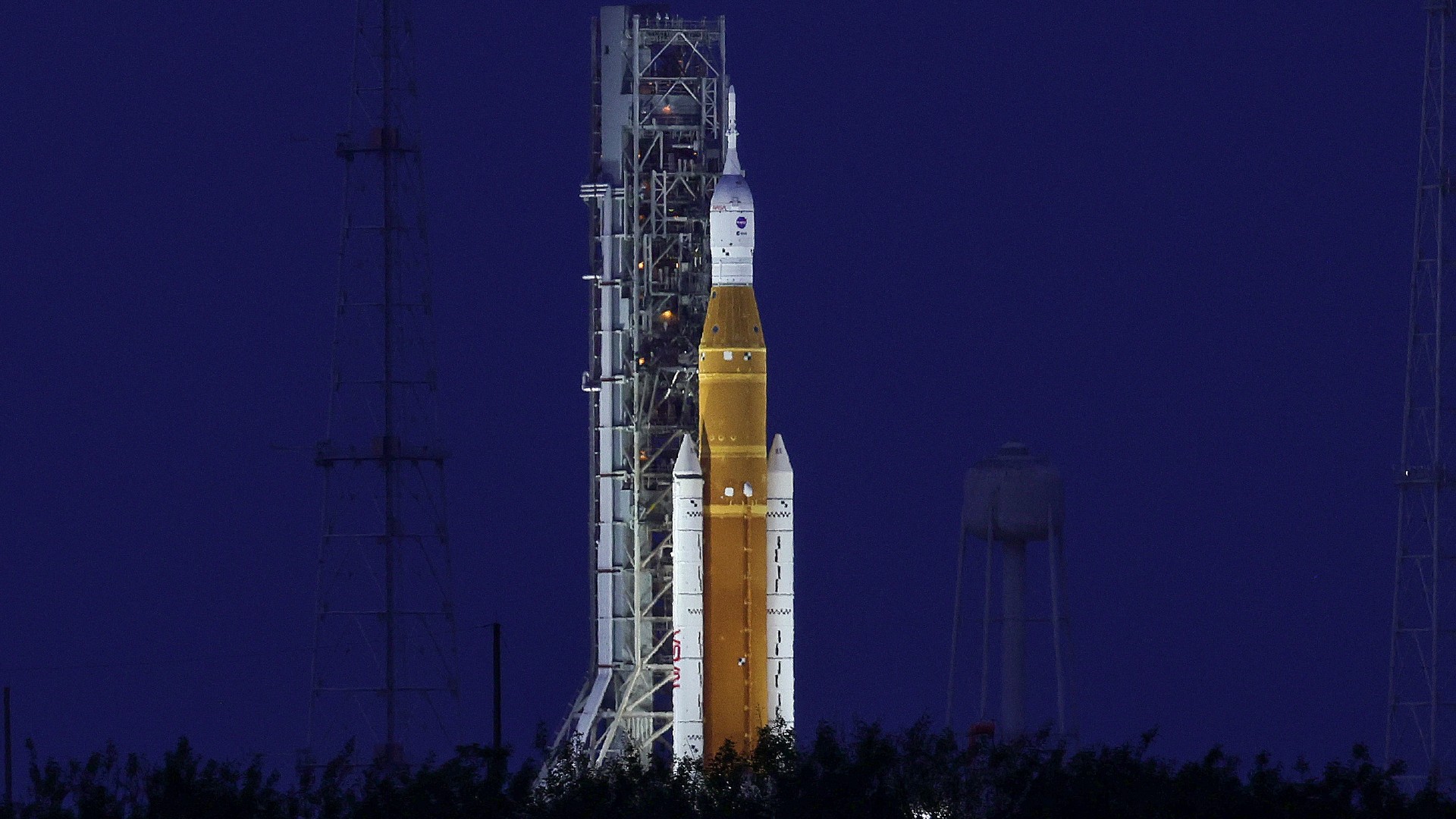
NASA's Office of the Inspector General (OIG) has issued its annual report for 2023, highlighting the challenges that lie ahead for the U.S. space agency.
The report recognizes innovations made by NASA since its creation in 1958 that have made it a global space science leader, including programs such as Apollo, the space shuttle, the James Webb Space Telescope (JWST), and emerging technologies for sustainable aviation. It also highlights substantial cost growth and lengthy schedule delays as issues that continue to impact NASA programs ranging from space flight to major science and exploratory programs.
A major factor in the OIG report is the planned return of humans to the moon as part of the Artemis Program, and it also points to the forthcoming retirement of the International Space Station (ISS) at the end of the decade and the challenge this poses to NASA as it seeks to maintain an active human presence in low Earth orbit.
The report is broken down into seven different challenges that the OIG has identified as "top challenges" in relation to NASA's overall mission, NASA Inspector General Paul K. Martin wrote in the report. "These seven highlighted challenges are not the only significant issues that confront NASA, and identification of an issue as a top challenge does not denote a lack of attention on the Agency's part. Rather, most of these issues are long-standing, difficult challenges central to NASA's core missions and likely will remain top challenges for years to come."
Challenge 1: Return to the moon
The Artemis program plans to send the first woman and person of color to the moon by no sooner than late 2024 or early 2025 during the Artemis 3 mission. As this target looms is a major element of the OIG report, which highlights the expense of operating Artemis' Space Launch System and Orion crew capsule.
The cost of each launch from Artemis 1 to Artemis 4 is estimated at $4.2 billion, and this figure does not include the $42 billion spent to bring these systems to the launch pad. As such, given these titanic costs and the ambitious schedule of Artemis, the OIG warns the program's sustainability poses a significant challenge to NASA's future crewed exploration goals.
Progress made in this area by NASA thus far includes the collection of data from the successful blast-off of the SLS rocket and the flight of the Orion capsule during the Artemis 1 mission which launched on Nov. 14, 2022.
The OIG also points to the effort of NASA to reduce the costs of lunar flights after Artemis 4, the development of key systems like spacesuits that will be used during humanity's first return to the moon for fifty years, and the improvement of NASA's management of the Artemis missions as other examples of progress over the last year.
The OIG says that NASA must tackle technical issues like the unexpected erosion of Orion's heat shield during the Artemis 1 flight and the unpredicted damage to the SLS and ground infrastructure during launch. The report adds that NASA must also identify and implement effective ways to reduce costs to enable fiscal sustainability for its flagship human exploration effort as Congress pushes for an increase in SLS and Orion launches.
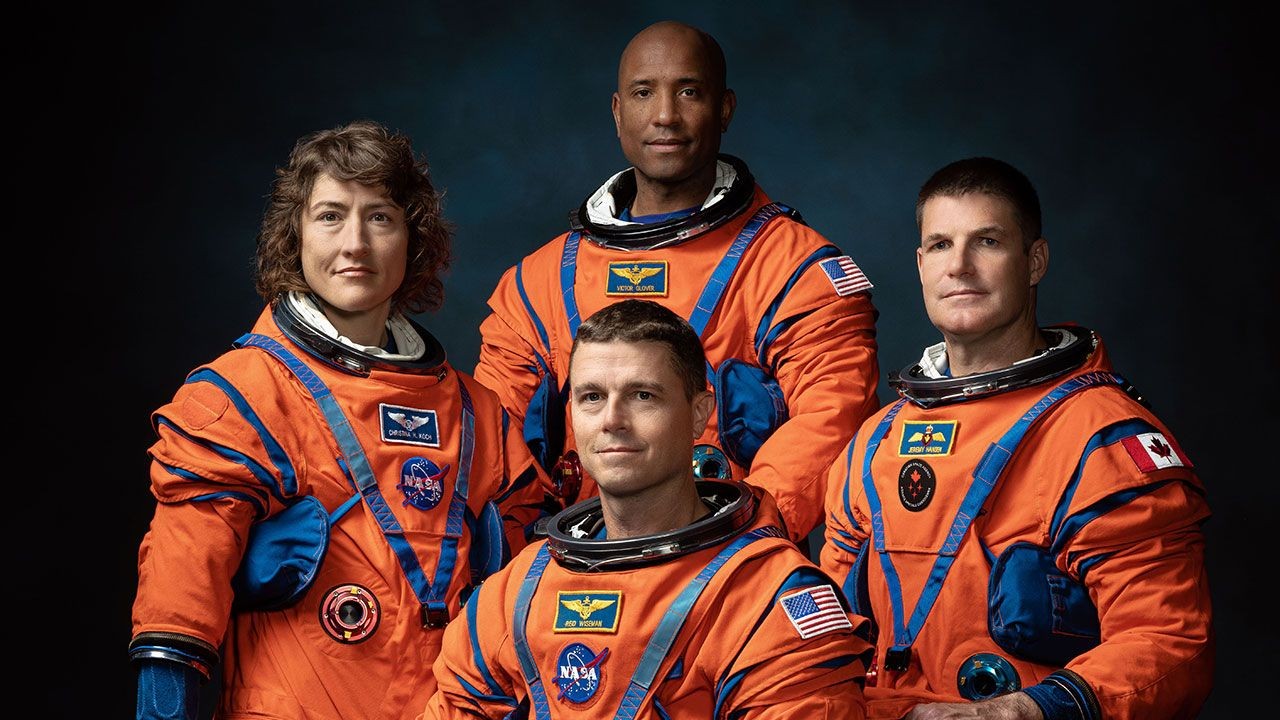
Challenge 2: Keeping humans in low Earth orbit after the ISS
For 22 years, humanity has maintained a presence in low-Earth orbit thanks to the ISS, so it is little surprise that the retirement of the space station at the start of the 2030s represents a huge change for NASA and other space agencies.
The ISS has been the site of revolutionary science conducted in microgravity that has vastly improved our understanding of human health in space, which will have ramifications for future space exploration. All of this has warranted NASA spending around a third of its budget on the space station, which will be decommissioned in 2030 and deorbited in 2031.
To maintain the presence of humans at altitudes between 100 and 600 miles over Earth after this ISS retirement, NASA plans to turn to commercial space stations. The main challenge this presents, according to the report, comes in the form of avoiding a gap between the end of the ISS and the advent of commercial platforms. NASA currently plans to have one low-Earth orbit site available for 2028, creating a two-year overlap with the ISS.
Maintaining this presence will also hinge on the reliability and cost-effectiveness of transport to low-Earth orbit. Much of this will rely on NASA teaming with SpaceX, which, as of August 2023, has successfully launched 28 cargo and 11 crewed missions to the ISS, and Axiom Space, which has conducted two private astronaut missions with a third currently being scheduled.
In July 2022, NASA also established an agreement to continue working with the Russian space agency Roscosmos, allowing Russian cosmonauts to fly on U.S. spacecraft in exchange for U.S. astronauts flying on Russia's Soyuz spacecraft.
One of the recommendations the OIG puts forward in respect of this aspect of NASA's work is the development of a space tug deorbit vehicle to supplement the deorbit of the ISS and reduce the risk of it contributing to space debris around Earth that may threaten future space stations.
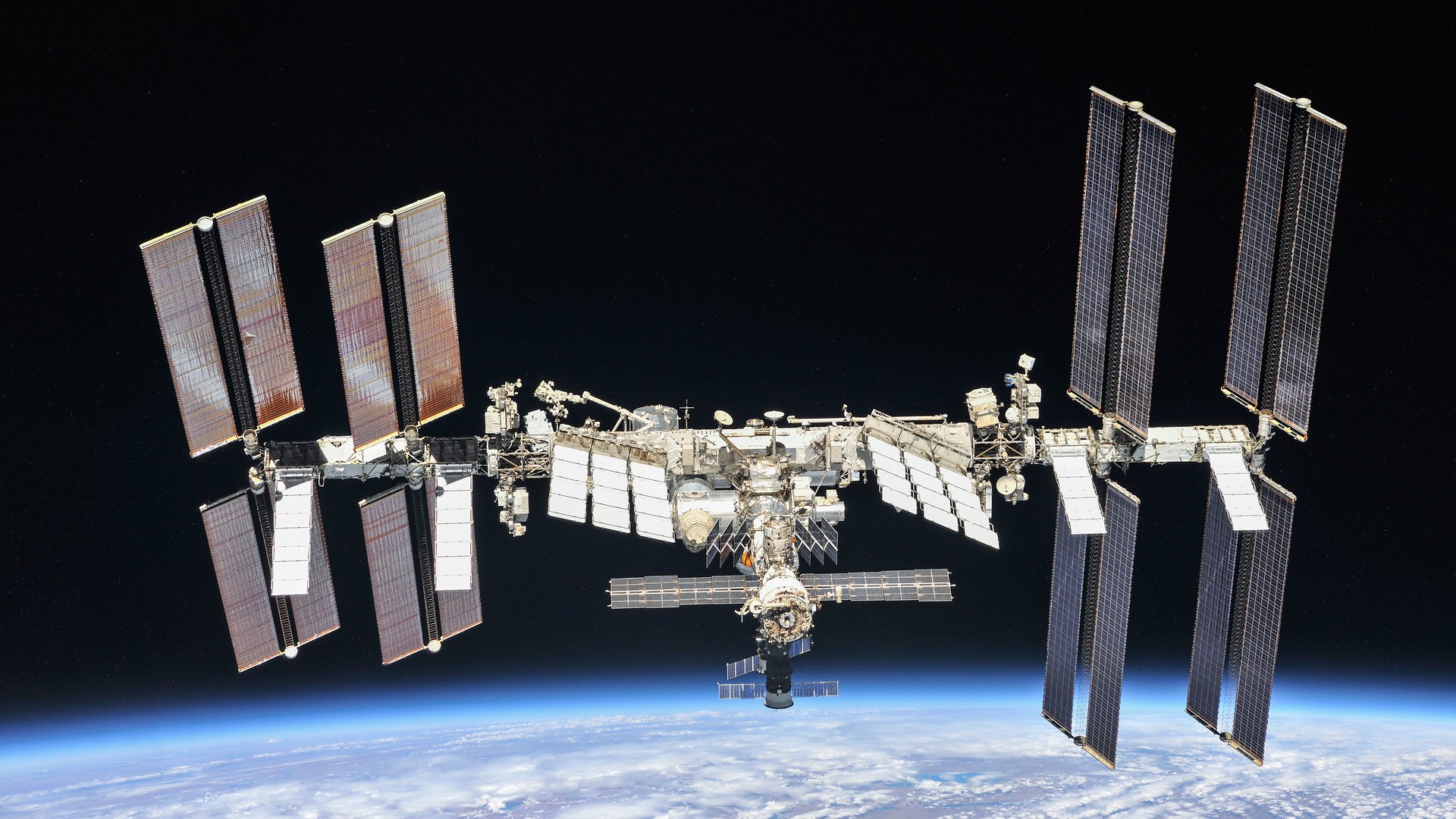
Challenge 3: Addressing NASA's outdated infrastructure and facilities
The ISS isn't the only piece of outdated NASA hardware that poses a challenge to the space agency. The report points out that nearly 83 percent of NASA's facilities are beyond their original design life. As much as two-thirds of NASA's infrastructure is located along coastlines, meaning rising sea levels threaten to damage this infrastructure. Potential damage is also being presented by storms, storm surges, and extreme weather events.
In addition to this, the OIG points out that NASA currently has more infrastructure than it actually needs for planned missions.
Issues with infrastructure, according to the report, arise from what the OIG says is "NASA's slow implementation of corrective actions, inconsistent implementation of Agency policies, inadequate life cycle cost considerations, decentralized strategies, and decision-making processes, questioned costs, and substantial cost increases and schedule delays due to poor contractor performance."
The OIG recommends that as NASA upgrades its facilities and infrastructure, including those required for critical Artemis missions, and that it improves decision-making to execute important decisions about facilities and consolidating unneeded infrastructure while better communicating these choices with stakeholders.
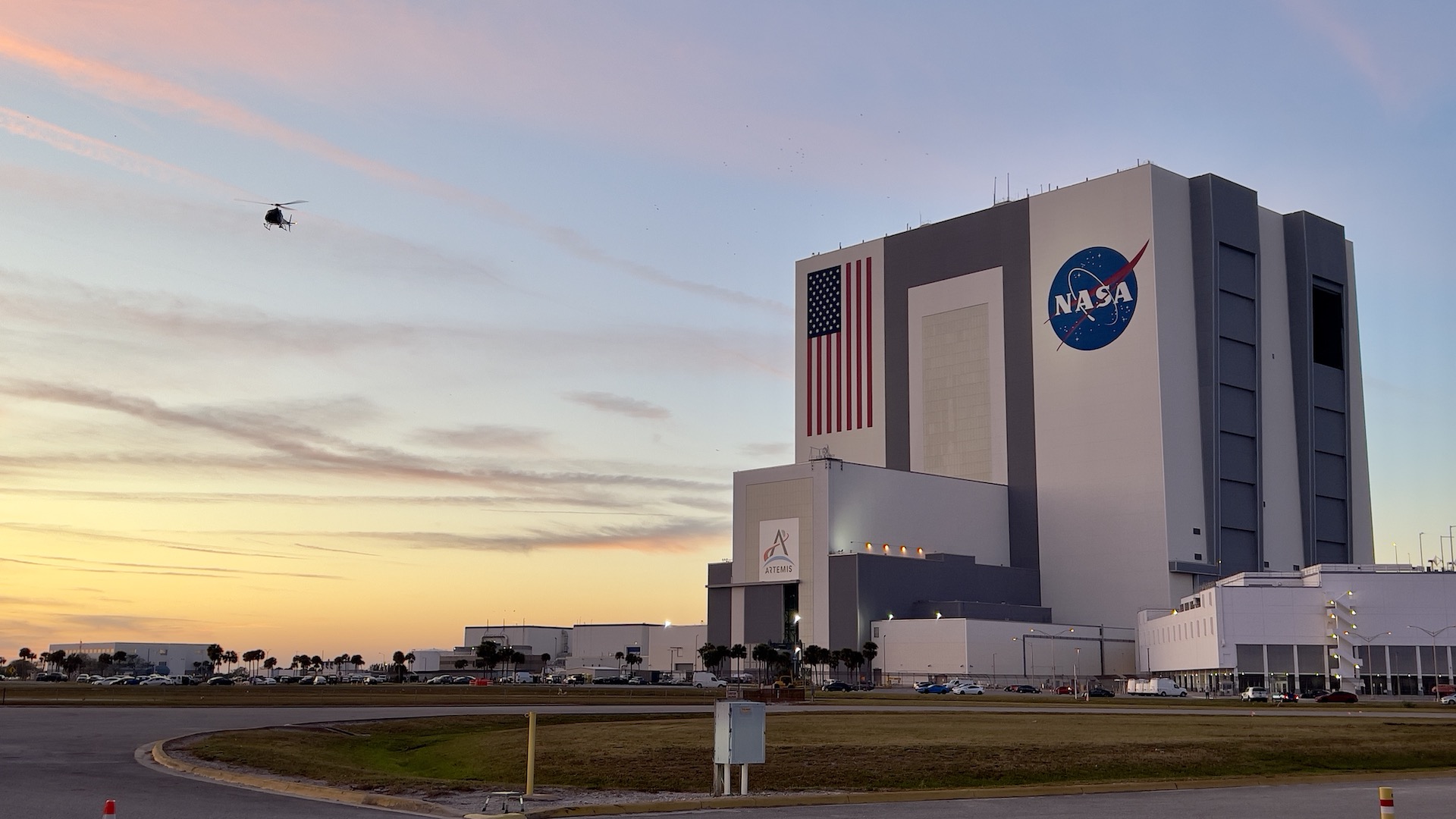
Challenge 4: Cultivating and protecting a diverse and skilled workforce
As of April 2023, the report states that NASA had over 18,000 civil service employees working at its facilities. The majority of these are working in science and engineering fields, with NASA continuing to seek ways to attract, promote, and retain a diverse, multigenerational workforce that possesses the technical skills needed for its operations.
The OIG identifies challenges in increasing the representation of women and minorities in its civilian and leadership ranks and developing a better pipeline for women and minorities in Science, Technology, Engineering, and Mathematics (STEM) fields. The report says that despite the efforts of NASA, the overall percentage of women and minority groups at NASA has not changed in 10 years.
NASA has also struggled to recruit, hire, and retain diverse STEM employees, with the shortage of STEM staff only set to deepen as competition increases as the commercial space industry expands.
The report points out that further compounding these issues is the fact that nearly 40 percent of NASA's science and engineering workforce is nearing retirement. This could impact NASA's preparations for future Artemis missions.
The OIG recommends NASA better collect diversity, equity, inclusion, and accessibility initiative data and analyze it to determine what barriers exist in recruiting, selecting, promoting, and retaining underrepresented groups.
Challenge 5: Improving management of major programs and projects
No one can doubt the incredible achievements of NASA projects, with the space agency flying a helicopter on Mars and taking deeper images of the universe than ever before. The problem is that these innovative missions and programs have consistently cost more and taken longer to develop than promised, and the effects of this ripple across NASA, the report says.
NASA management also currently faces challenges in the stimulation of the new commercial space economy via shifting to develop service-based missions, which could save on costs.
A striking example of this challenge is the fact that between November 2018 and November 2019, NASA contracted with 14 U.S. companies until 2028 to develop rapid, frequent, and affordable access to the lunar surface. Costing as much as $2.6 billion, this was meant to see deliveries to the moon begin as soon as September 2020. Thus far, no payload deliveries to the moon have been made, and many contractors have been paid over the initial fixed-cost agreement.
The OIG says that overcoming the challenge of developing major projects on cost and schedule requires a concerted effort that begins with proper risk consideration. This should lead to credible, reasonable, and transparent cost and schedule expectations.
NASA should also take into account the continuing impacts of COVID-19 on the economy, labor shortages, supply chain issues, and inflation and incorporate it into its planning. This will all be essential as NASA moves toward a reliance on missions that incorporate a "service" element.
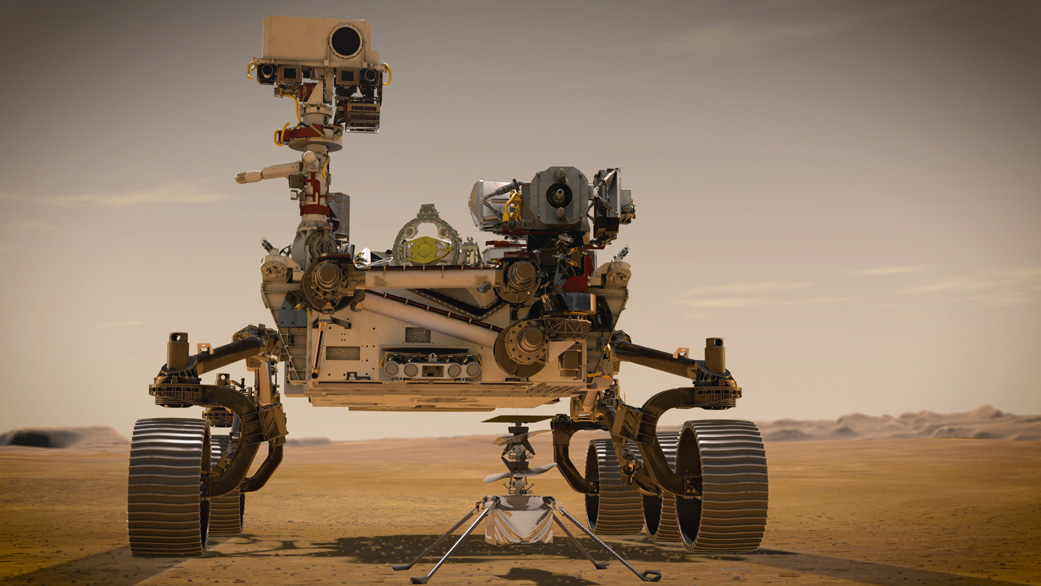
Challenge 6: Maturing information technology management and security
Information technology (IT) is vital to the day-to-day operations of NASA and presents challenges in the form of shifting NASA to an enterprise computing model. This arises from NASA's current decentralized management structure, which the OIG says negatively affects the space agency's ability to protect information and IT systems vital to its mission.
The report says implementing multifactor authentication, Data-at-Rest, and Data-in-Transit encryption, and zero-trust enterprise-wide are critical undertakings for NASA in the coming years. The space agency must also tackle issues with software license and asset management activities, which expose NASA to operational, financial, and cybersecurity risks.
The report also urges NASA to implement a single standard definition of Artificial Intelligence to manage its inventory of AI assets better and face challenges in implementing future federal AI cybersecurity controls.
Challenge 7: Better oversight of grants and cooperative agreements
During the financial year of 2022, NASA spent an estimated $19.9 billion on contracts, grants, and cooperative agreements. During these 12 months, NASA awarded 1,787 grants and 270 cooperative agreements for the purposes of research and development and in the acquisition of essential services, supplies, and equipment for operations and missions.
Clearly, getting value for money in these investments meets the criteria of a major concern for NASA. The OIG has consistently stated that NASA's inadequate management and oversight of contracts and the like, in addition to substantial growth in both the cost and schedule of many NASA programs, has resulted in expenditure and wasted taxpayer money.
Even more troubling, the past investigations of the OIG have uncovered improper use of grant funds, fraud, and other waste and abuse within NASA, that over the past 3 years has resulted in 8 indictments, 8 convictions, 4 suspensions, and 7 debarments, costing NASA over $3.6 million in civil settlement fines.
The report says that over the last year, NASA has made progress in the improvement of contract management, but it needs to take further action to improve transparency, accountability, and oversight. Improvement is also recommended in understanding the needs of the SLS so that the management of contracts for the rocket is improved.
Additionally, it should continue improving the closeout of current and future grants to ensure funds are properly allocated, the report concludes.







